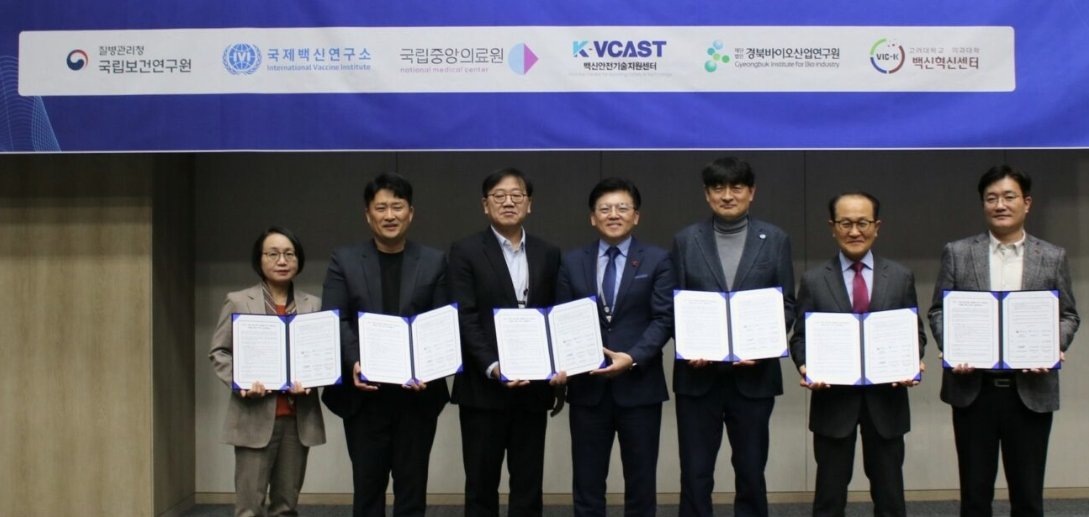
Singapore’s National University Hospital (NUH) has launched a petabyte scale edge supercomputing infrastructure named “Prescience” as part of the NUHS AI programme.
As Singapore's third national supercomputer, Prescience is the first supercomputer in the healthcare sector. It has been fully operational since 31 July 2023. In December 2021, NUHS signed a collaborative agreement with the National Supercomputing Centre (NSCC) Singapore to build this supercomputer dedicated to healthcare and medical research. Researchers are now able to use medical big data to train AI models using multiple NVIDIA DGX A100 compute nodes that can accommodate the large sizes of LLMs, which was previously not possible with single graphical processing unit (GPU) systems.
Associate Professor Ngiam Kee Yuan, Group Chief Technology Officer, NUHS, said “Using the Prescience supercomputer, we are now able to train our own large language model for Singapore’s healthcare needs. From synthesising precise local medical knowledge to reducing the administrative work of our doctors and nurses, this LLM will bring benefits to both healthcare workers and patients.”
AI tools for healthcare needs:
With the supercomputer, NUHS now has its own version of LLMs to boost productivity of healthcare professionals and improve patient care. The NUHS RUSSELL-GPT can summarise patient case notes and write referral letters for doctors in a matter of seconds.
In addition, the National University Health System (NUHS) now has the ability to estimate the duration of a patient's stay using Artificial Intelligence (AI), much like hotels do with room occupancy rates. It would allow NUHS to tailor treatments and allocate resources more efficiently. Large Language Models (LLMs) can now summarize patients' case notes at the click of a button, freeing up doctors' time for more direct care.
This language model also allows NUHS staff to ask questions, such as those related to medical conditions and clinical practice guidelines, to aid them in their work. Plans are under way to progressively roll out the language model throughout the NUHS cluster.
This model is also used in the Patient Trajectory Prediction AI Model to predict individual patient healthcare journeys through the analysis of all historical data. Research is under way to use this model to predict the severity and trajectory of common conditions, such as urinary tract infections, to help right-site patients.
Bernard Tan, Director of Strategy, Planning and Engagement at NSCC, said: “The launch of the NUHS supercomputer is timely because of the all-time interest in Generative AI, and especially with the worldwide demand crunch for the computing resources needed to drive such AI-driven technologies. The Prescience supercomputer will significantly benefit Singapore’s healthcare research community and enable local healthcare professionals to develop tools that can increase the efficiency of healthcare delivery and accelerate healthcare innovations which ultimately benefit patients here. NSCC will continue to partner with Singapore's healthcare clusters and government agencies to ensure Singapore's Human Health and Potential domain has the supercomputing capacity and capabilities to be competitive and innovative.”
SMILE AI (Smart Monitoring and Intelligent Learning for Enhancing oral health) project
Another initiative made possible with Prescience is the SMILE AI (Smart Monitoring and Intelligent Learning for Enhancing oral health) project, which entails training two distinct machine learning models – one using 3D dental scans, and the other using Xrays of the upper and lower jaw, in what is known as dental panoramic tomogram.
The 3D teeth charting model generates digital representations of the condition of teeth and their positions in the mouth, replacing manual tooth charting by dentists and facilitating enhanced visualisation. Instead of waiting for up to a day to get a dental cast done, it will take no more than five minutes for dentists to scan a patient’s teeth and collect information to initiate treatments.
Dr Peter Yu, Senior Consultant, Department of Prosthodontics, National University Centre for Oral Health, Singapore (NUCOHS), said: “Dental treatments involve three dimensional appreciation of facial structures, anatomy, reconstruction and a vision of what a patient’s teeth could be after treatments. This supercomputer, with its significant graphic capabilities, is particularly suited for this structural approach”.
To date, 400 3D dental scans of anonymised patients, from children to adults, have been collected to train the AI model. Another 200 dental panoramic tomograms of anonymised patients, the majority with gum problems, have also been collected.
Dr Wilson Lu, Consultant, Department of Orthodontics, NUCOHS, said “We have a vision that the future of dental care will be data-driven and precisely tailored to the individual based on information on health determinants and oral conditions focusing on preventing dental diseases and early detection and treatment. AI tools can help dentists make objective clinical judgements on patients’ teeth and gum conditions. The gum disease prediction model also has the potential to be implemented on a population level so that a patient’s risk of developing gum disease can be classified into low, medium or high, and interventions recommended before the onset of disease”.




